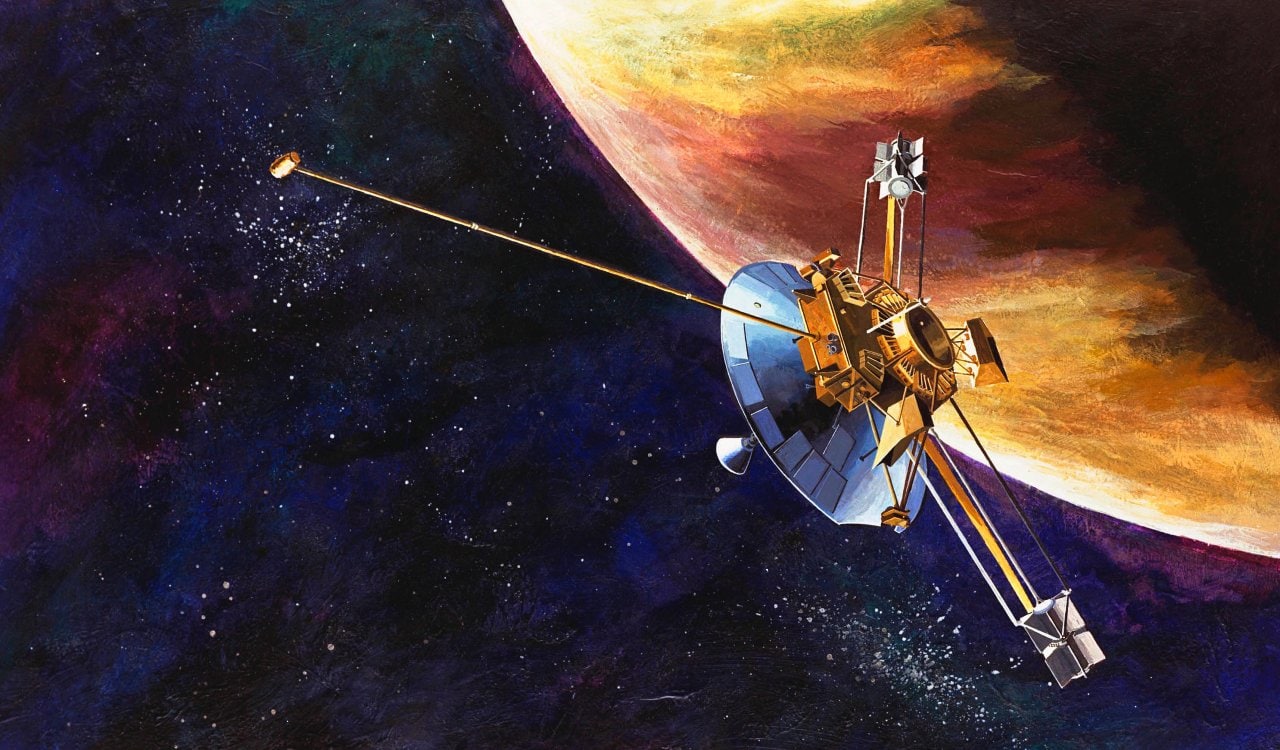Space exploration has always been a fascinating and ambitious endeavor for humans. Throughout history, we have seen many spacecraft designs that have been successful and have achieved incredible feats. However, not all spacecraft designs have been successful, and some have never made it past the design phase. In this article, we will explore some of the craziest and most interesting spacecraft designs that never made it to launch. From the wacky to the absurd, we will dive into the stories behind these failed designs and the reasons why they never made it to space. Time for you to be the judge, and see if some of these spacecraft designs deserved to be built or launched.
Pioneer H Spacecraft

Concept Led By: NASA/Ames Research Center
Companies Involved: TRW Systems Group
The Pioneer 10 & 11 missions were a huge success for NASA, as they saw both Jupiter and Saturn, giving us our best early looks at the two gas giants. Yet there was another spacecraft design that would have been Pioneer 12. Known today as Pioneer H, the plan for this spacecraft was for it to be unmanned and use a gravity assist by Jupiter to travel above the ecliptic plane of our solar system. The goal would be to study the effects of the Sun on the solar system and how it interacts with interstellar space. A bit of history here is that this was the very first Out-Of-The-Ecliptic or OOE mission ever proposed, as a formal mission study was proposed in 1974.
NASA quickly approved the mission concept and contracted TRW Systems Group to build it. The NASA/Ames Research Center would have managed the project should it launch. However, it never did get to the launch phase. While the craft would be built by 1976, without the radioisotope thermoelectric generator, it was only for the Smithsonian Institution. Since the mission never happened, it was used by National Air and Space Museum as a replica of the Pioneer 10 spacecraft. While the Pioneer H never launched, the mission concept was finally realized by the 1990s in the Ulysses Mission then again in the 2010s in the Juno mission.
